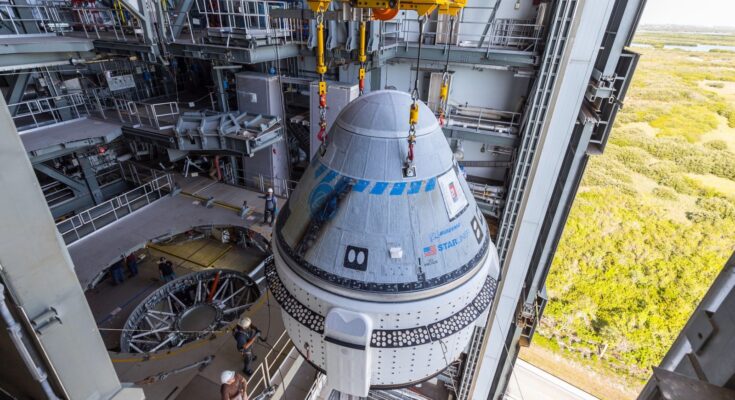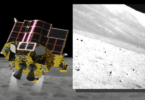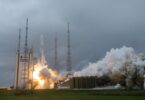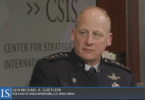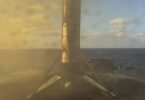Last week Boeing and ULA moved the Starliner spacecraft from the old Kennedy Space Center to the launch site at the Cape Canaveral Air Force Base. With that, the final charges are underway before two NASA astronauts climb inside to fly them to the ISS and back.
The first Starliner crew flight is imminent
After years of delays, Boeing will finally make headlines for launching its first crewed flight to the ISS on the Starliner. As soon as May 7, the Boeing Crewed Flight Test is scheduled to take off from SLC-41 on an Atlas V rocket with NASA astronauts Barry Wilmore and Sunita Williams.
Last week, final preparations began with Boeing spraying the Starliner with the equipment it needs for the mind control and abort system. Like SpaceX’s Dragon, the Starliner uses hypergolic fuel for its propulsion systems. This oil can be stored at room temperature so that it can last for the entire mission, however, it is very dangerous for humans.
Fueling was completed by midweek and teams from Boeing and ULA took the Starliner to SLC-41 overnight. The process began at Boeing’s facility at the Kennedy Space Center, which was originally built as one of several hangers for the Space Shuttles, and ended outside SLC-41 at the Convention Center. Vertical Integration.
Their Starliner was lifted up and attached to the Centaur special platform. Unlike other Atlas V rockets, the second stage of the Starliner rocket will be powered by two RL-10 engines. While Vulcan’s Centaur comes standard with two engines, Atlas V’s Centaurs usually fly with just one.
The unique trajectory required for human spaceflight and the need for redundant options require two engines in the Starliner Atlas Vs. If you’re familiar with Atlas Vs, you’ll know that each rocket has a number that indicates its difference. For the Starliner mission, the Atlas V variant is N22. N stands for “no” fairing, 2 for the number of solid motors, and 2 for the number of engines on the second stage.
Join our Discord Server: Connect with the community through forums and chats locally!
The past is difficult, now we can breathe
As with all test flights, the risks of something going wrong are always high. The same things mentioned before SpaceX’s first crewed test flight in 2020.
This will be the Starliner’s third test flight and the first crew. Of course we remember the Starliner OFT-1 mission that almost ended in disaster, several times. However, OFT-2 returned with an overall successful mission, apart from a few things here and there that needed fixing. The first SpaceX Dragon missions had similar offs that needed to be fixed.
A major delay came with the belated discovery of parachute attachment points and flammable tape. This led to a long process to make the Calypso suitable for launch and new parachute tests.
With all this done, NASA has certified that the Starliner is safe and fit for its first crewed mission. While the SpaceX DM-2 has featured extended multi-week missions and spacewalks, the Starliner CFT will likely be a short-duration flight to test the spacecraft.
If all goes well, the Starliner could receive its first crewed orbit next year and eventually begin taking turns with SpaceX in transporting astronauts to and from the station.
Boeing has six jobs under contract, between these and six of SpaceX, which brings us to one job at the beginning of 2030 (the year the ISS is expected to retire). If Boeing starts its first operational mission in early 2025, we would not have to rely on one supplier for the entire life of the station, If not, and the first operational mission when launch it until the fall of 2025, then Boeing would receive two final missions for the ISS.
#Boeing #Starliner #ready #launch #crew #space
